
Prefab Sprout – Jordan: The Comeback, 1990



His life’s work was pouring his everything enthusiastically into music. He also loved his studio in Yokohama, putting in speakers and installing the equipment and synthesizers one by one. He fell down and breathed his last breath in that studio while he was making music. He was sixty-five years old, and an acute dissecting aneurysm of the aorta was the cause of his death. However, this is the least important aspect of his passing. Despite an instant death, I believe he knew the time had come, because he was sitting cross-legged with his hands joined together, as if practicing Zen meditation. He was alone, but not lonely, because whenever he was surrounded by music he was happy, as if he were an innocent child. He lived life as a musician and lived as a musician with his whole life.
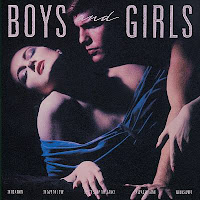 |
buy |
|
 |
||
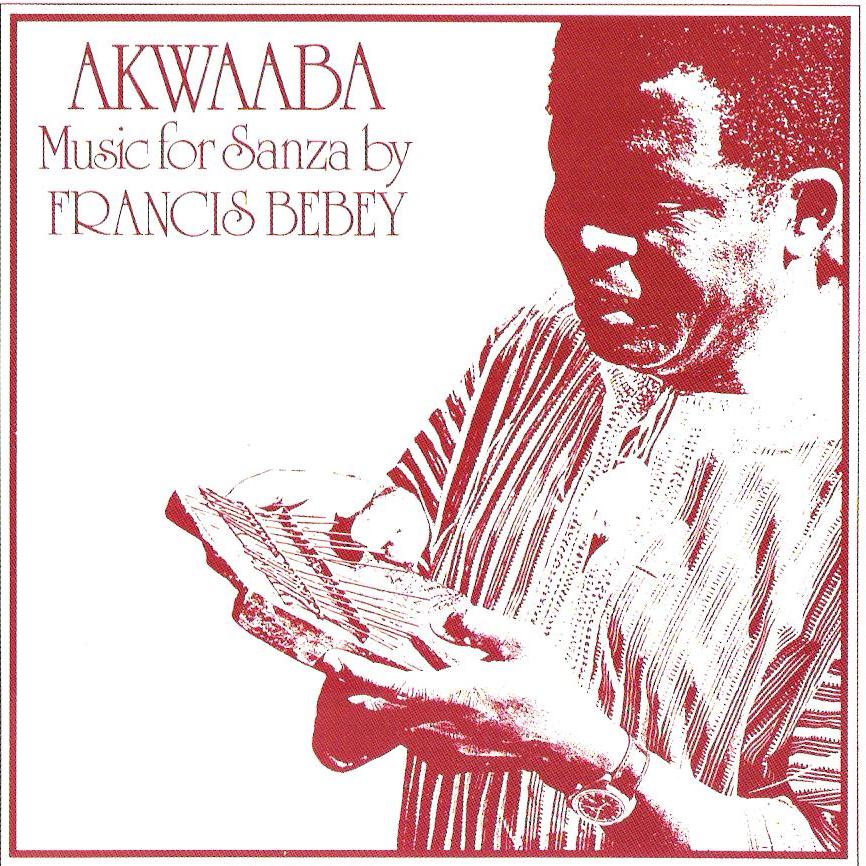 |
buy / download |
|
 |
buy / download |
|
 |
||
 |
download |
|
 |
download |
|
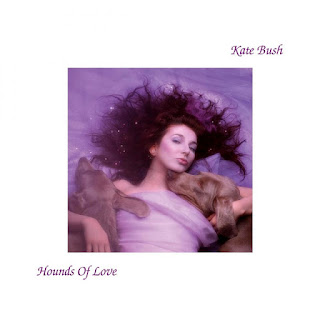 |
buy |
|
 |
buy |
|
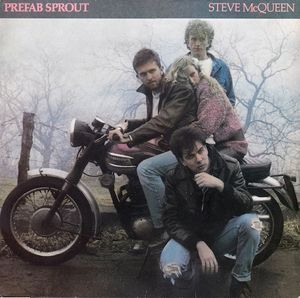 |
buy |
|
 |
buy |
|
 |
buy |
|
 |
buy / download |
|
 |
buy / download |
|
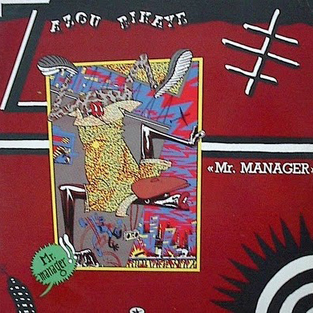 |
download |

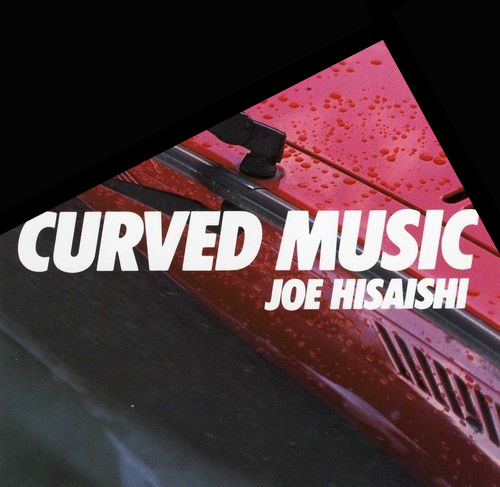
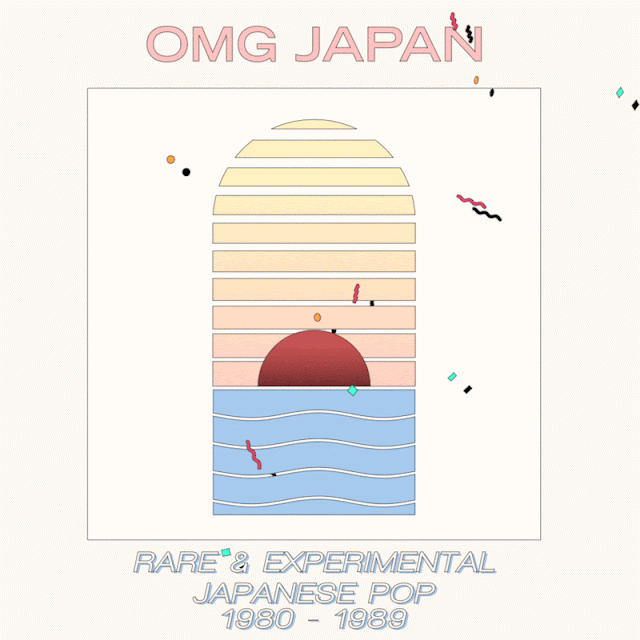
“This is a mix of Japanese pop songs, most of them with a synth funk backbone. The most exciting aspect of this era of music, though, is how unafraid these musicians were to push the limits of genre: They loved Van Dyke Parks, Kraftwerk and Martin Denny, but they were never confined by any one sound, nor were they afraid to poke fun at western constructs of the ‘oriental’ or Japanese fascinations with Western cultural novelties.”
Tracklisting:
1. Chiemi Manabe – Untotooku
2. Miharu Koshi – L’amour…Ariuwa Kuro No Irony
3. Hiroshi Satoh – Say Goodbye
4. Colored Music – Heartbeat
5. Minako Yoshida – Tornado
6. Ryuichi Sakamoto – Kacha Kucha Nee
7. Mariah – Shinzo No Tobira
8. Yukihiro Takahashi – Drip Dry Eyes
9. Sandii – Zoot Kook
10. Haruomi Hosono – Ohenro-San
11. Osamu Shoji – Jinkou Station Ceres
12. Kisagari Koharu – Neo-Plant
13. Inoyama Land – Wässer
14. Aragon – Horridula
15. Asami Kado – 退屈と二つの月
16. Tamao Koike & Haruomi Hosono – 三国志ラヴ・テーマ
17. Hiroyuki Namba – Hiru No Yume

Mariah was the brainchild of saxophonist Yasuaki Shimizu, who is most well-known for his solo performances of Bach’s cello suites in acoustically interesting spaces (he recorded in a mine, he did some work with Ryuichi Sakamoto, we love him, etc.). His work with Mariah was a far cry from the rest of his career, though–Utakata No Hibi, the band’s fifth and final LP, is loosely woven, big and wide open and facing skyward. The album is built around percussion, which ranges from traditional Japanese to tribal to Talking Heads-y, pencilled in with simple synth textures and spikes of brass. The songs are mantric, with vocals in both Armenian and Japanese that act more as an instrument than as a focal narrative. The definitive high is “心臓の扉” (“Shinzō No Tobira/Door of the Heart”). No filler, though–all the less poppy moments are a joy, and manage to simultaneously feel futuristic and medieval.
Maria gave me this record years ago, and it’s been in heavy rotation ever since. We’re really excited that it’s being reissued on Palto Flats, a label run by personal DJ hero Jacob Gorchov. It’s an important record that speaks to a wide range of people, and the attention it’s attracting is well-deserved. The New York release party is tonight, with vinyl for sale. Sample the remasters below, or listen to “Shinzō No Tobira” in its entirety here.


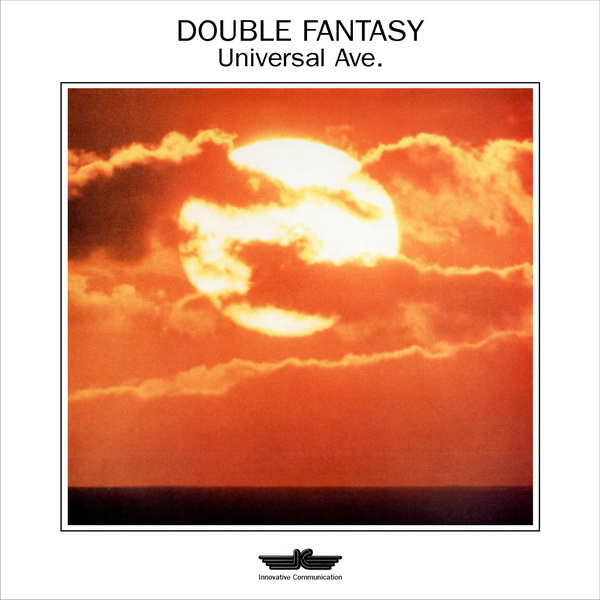
For those who don’t mind a healthy smear of cosmic cheese. Molten guitar streaks, shivery synth grooves, and unhurried drum machines. Very sick and very slick. Makes me want to throw on some mirrored sunglasses and drive a silver convertible along winding cliffside vistas smoking an e-cig in front of a photoshopped sunset. Alternately meditative and searingly emotive, this thing is a few pan flutes shy of Pure Moods (a very high compliment). There’s not much decisive information about Double Fantasy available online, but it seems to have been the project of Klaus Schulze disciple Robert Schröder, who was only allowed to release two records under the Double Fantasy moniker because of legal clashes with his label, Innovative Communication. He went on to release many more records under a slew of different aliases, but both this and the other Double Fantasy release, 1994’s Food For Fantasy, are worth tracking down.